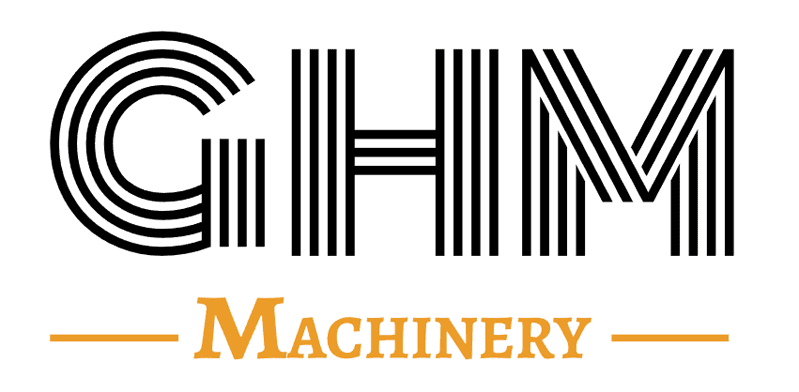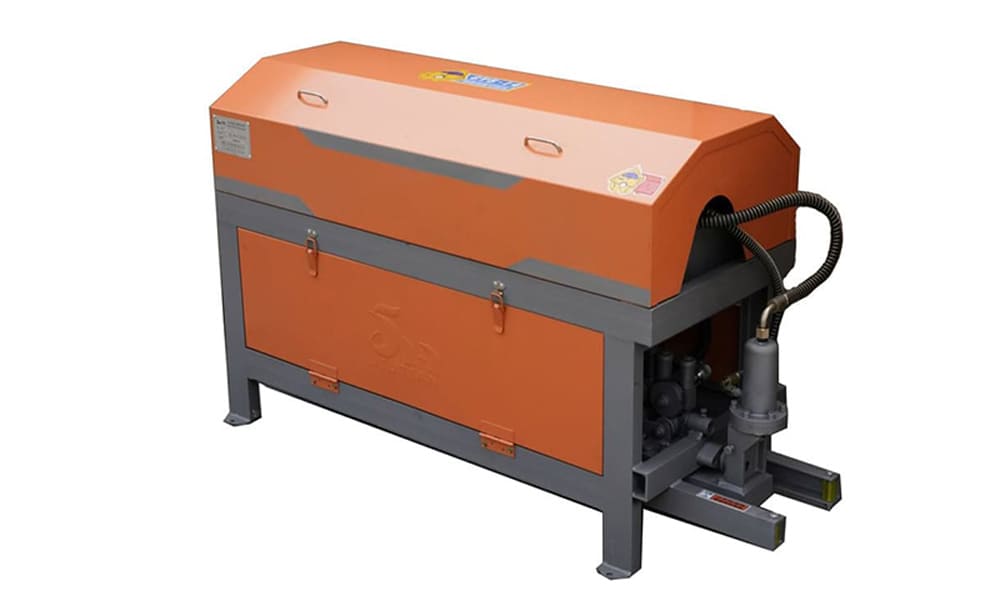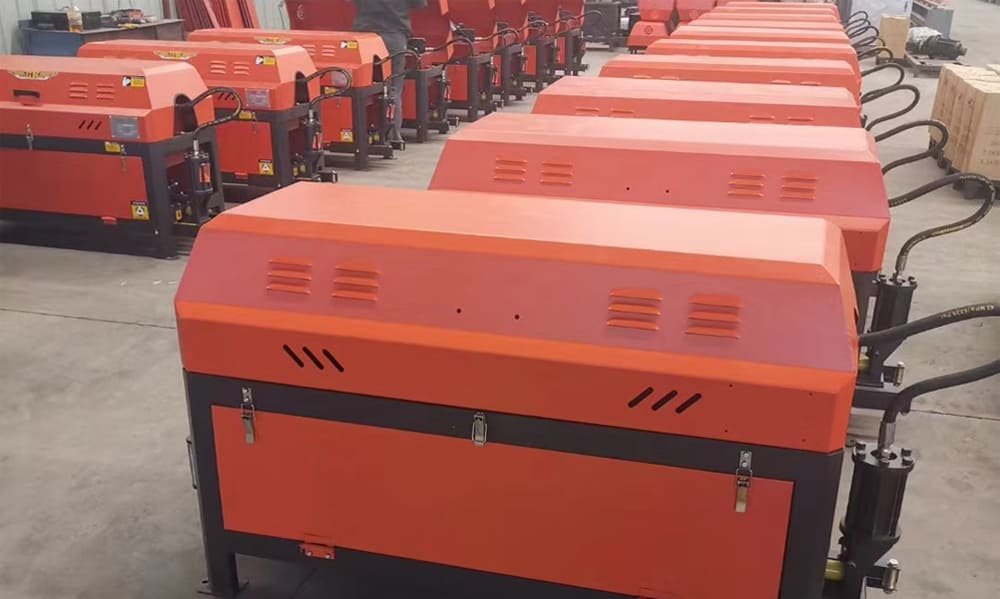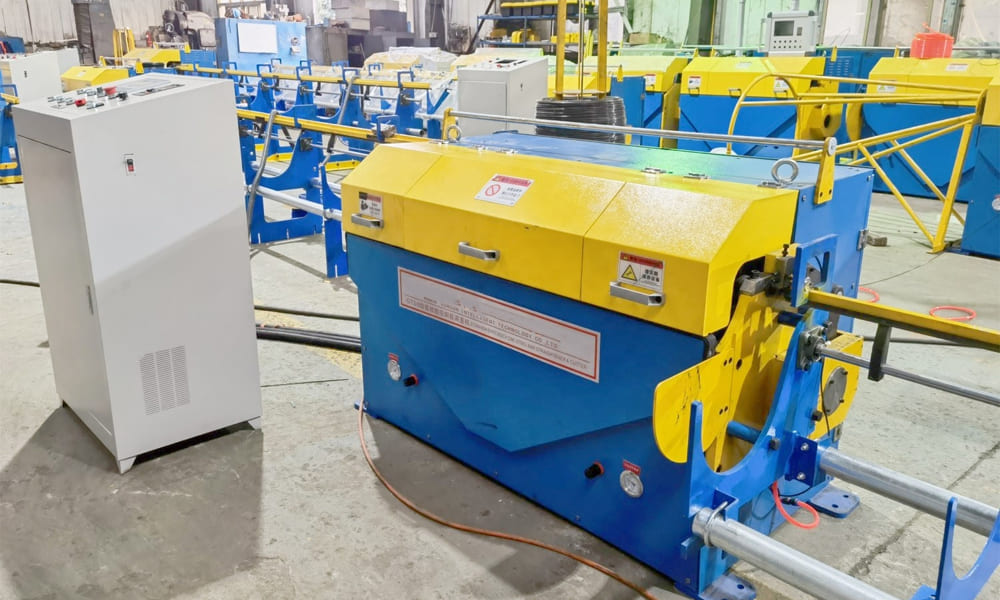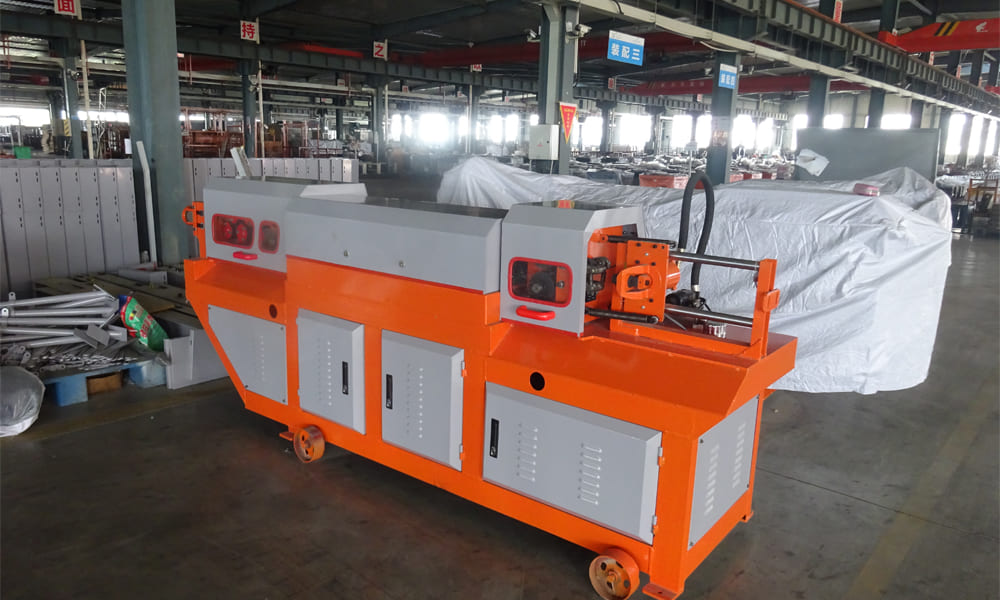A steel bar straightening machine is an indispensable piece of equipment in the construction and steel processing industries. Its primary function is to straighten bent or coiled steel bars, ensuring they meet specified tolerances and surface quality requirements. By maintaining the mechanical properties of steel bars—such as tensile strength and yield point—these machines play a crucial role in preparing steel for various construction applications.
Typically, a steel bar straightening machine features multiple wheels or rollers that adjust the bars to a straightened state with high precision. This process not only enhances work efficiency but also reduces manual labor, making the steel bars suitable for a wide range of applications. To ensure optimal performance and longevity of the equipment, regular maintenance and skilled operation are essential.
Key Requirements for Steel Bar Straightening Machine
- Tolerance Requirements
- The straightened rebar must adhere to national standards, with an allowable deviation not exceeding one percent of its diameter. This tolerance ensures that the rebar maintains its structural integrity and fits properly within construction frameworks.
- Surface Quality Requirements
- The surface of the straightened rebar must be smooth and free from damage, cracks, and other defects. Professional equipment should be employed for the straightening process rather than manual methods. Additionally, each rebar should undergo surface cleaning to eliminate any residual materials or imperfections.
- Mechanical Performance Index Requirements
- Post-straightening, the rebar must meet specific mechanical performance indicators, including strength, tensile strength, yield point, and elongation. These indicators should comply with national standards and undergo strict supervision and inspection by quality control personnel to ensure that the rebar retains its essential properties.
- Operational Considerations During the Straightening Process
- Adherence to national standards during the rebar straightening process is vital for maintaining overall quality. Regular maintenance of the equipment is crucial to avoid mechanical failures. Operators should possess professional knowledge and experience and participate in ongoing training to ensure the stability and reliability of the straightening quality.
Conclusion
The quality of steel bar straightening directly impacts the stability and reliability of construction projects. By strictly following national standards and enhancing quality supervision throughout the straightening process, the overall quality of steel bar straightening can be ensured. This commitment ultimately guarantees the safety and durability of construction projects.
